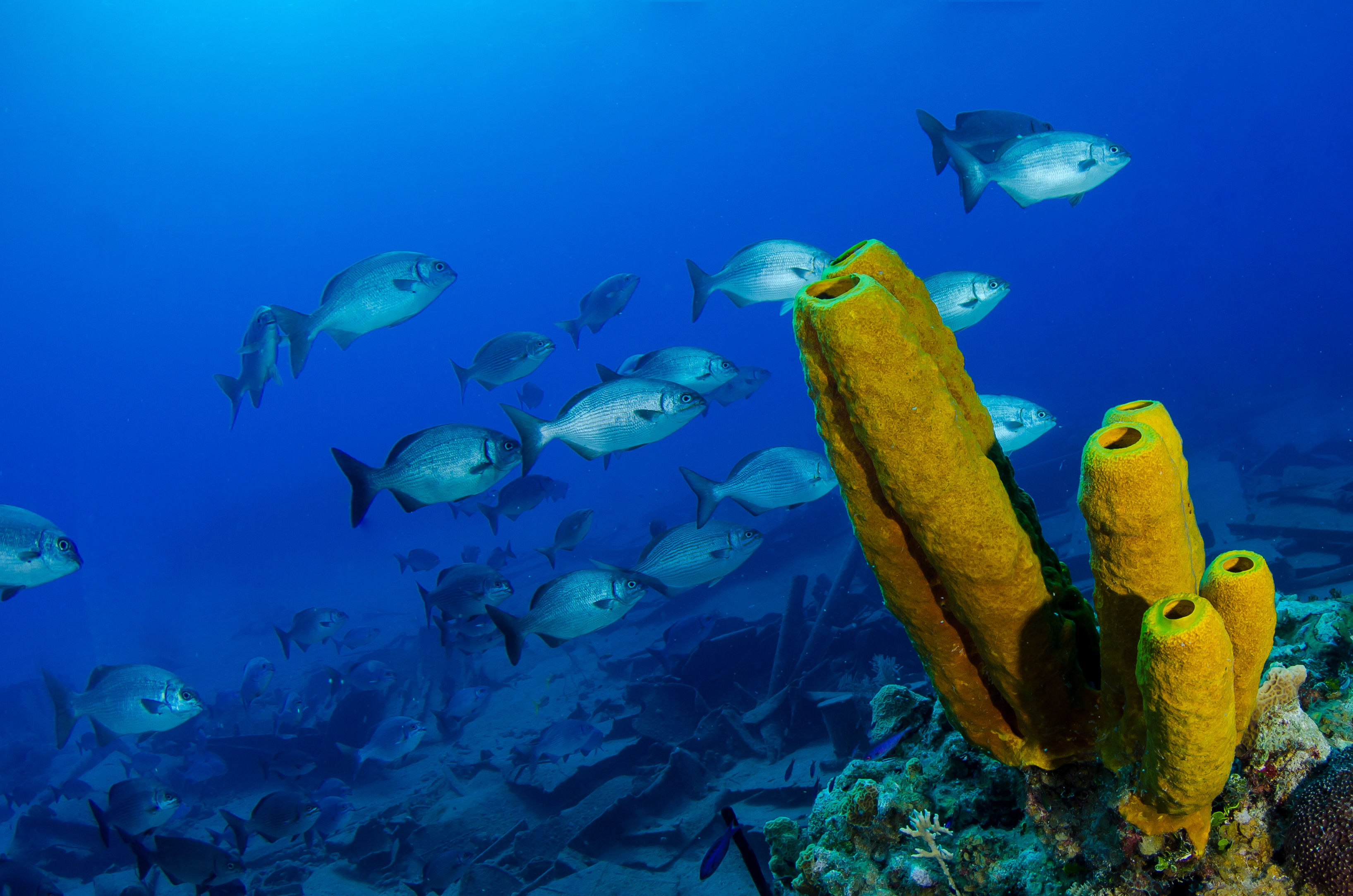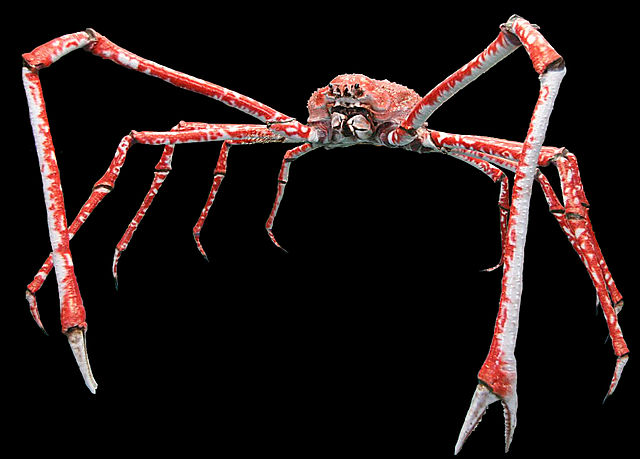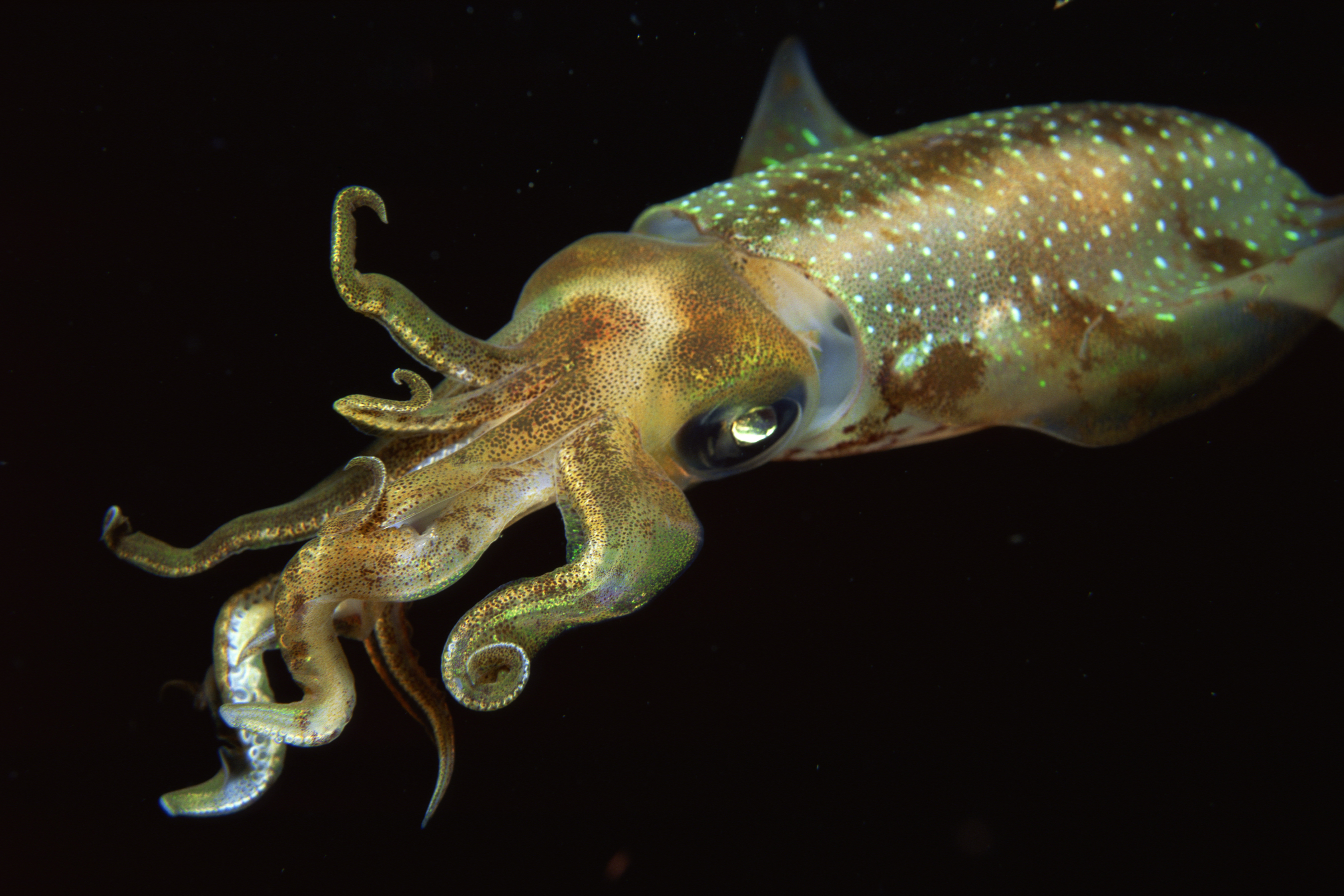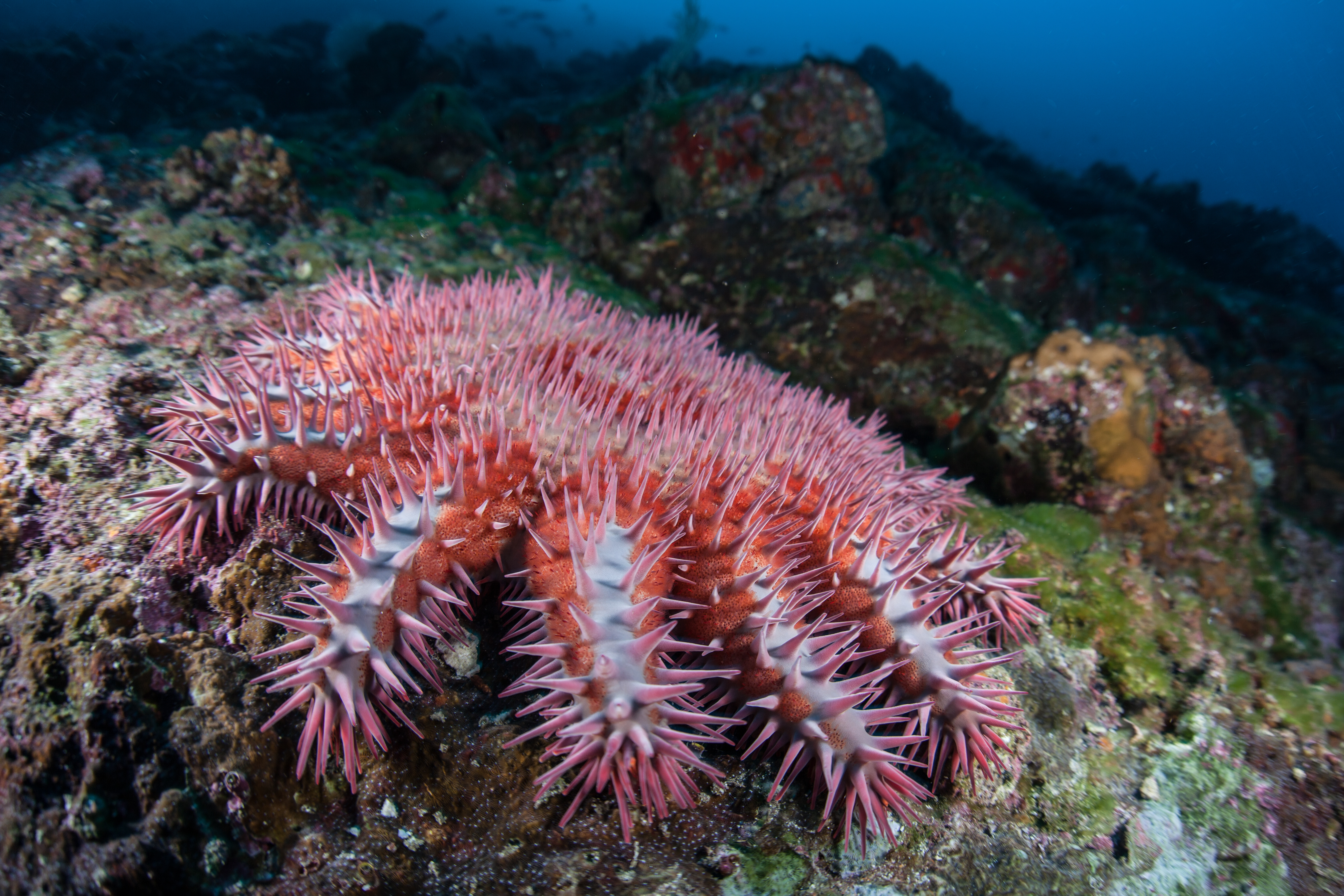Exploring Types of Invertebrates
Published by Ocean Conservancy
If you ask someone on the street what their favorite ocean animal is, odds are you’d hear something like “sea turtle” or “dolphin.” While there is nothing wrong with that (who doesn’t love charismatic megafauna?), the ocean’s most popular residents all have something in common—a backbone! But vertebrates (animals with a backbone) make up only 3% of all animals on earth.
The other 97% of animals are invertebrates (animals without a backbone). Ocean invertebrates range from microscopic zooplankton to the massive giant squid (which can reach almost 60 feet in length!), and are an indispensable part of the marine ecosystem. For example, coral polyps form the foundation of coral reefs, which are home to 25% of all ocean species, and oysters, clams and mussels are an important food source for animals and people alike.
Despite being the heavy-lifters of the ocean, invertebrates rarely get the love they deserve. We’re here to give some credit to these underrecognized and underappreciated critters with a crash course in invertebrate identification. Here are five invertebrate phyla that you should know:
Porifera


Sponges
Sponges may be some of the simplest multicellular animals in the world, but they play a big role in the ecosystem! They are filter feeders, meaning they pump water through canals in their bodies and extract food before pushing the water back out. They have a series of specialized cells called collar cells (also known as choanocytes) that have small tails that trap food as it floats by. Because they rely on filter feeding, you’ll only find sponges in aquatic environments, and especially in marine habitats. Porifera contains about 5,000 living species, including some of the world’s oldest known animals, and some species can reach up to six feet in length.
Cnidarians


Corals, jellyfish, anemones, hydroids and more
If you’ve ever been stung by a jelly at the beach, you have personal experience with one of the most unique traits of this phylum. Cnidarians make small stinging cells called nematocysts that resemble tiny harpoons and are used to ward of predators or capture prey. Because nematocysts are triggered by physical or chemical stimuli, some cnidarians can sting humans even after they die, or if a tentacle becomes detached. Although most stings are mild, some (like from a Portuguese man-of-war and some species of jellies) can cause serious health problems, including death. Some cnidarians, like corals, have a symbiotic relationship with photosynthetic algae. These algae, called zooxanthellae, get protection in return for providing food to their hosts.
Arthropods


Crustaceans, sea spiders, horseshoe crabs and more
Arthropoda is the largest phylum in the animal kingdom, and includes both marine and terrestrial creatures like crabs, mites, spiders, centipedes and insects. More than 75% of all known living and extinct organisms are arthropods! So, it’s no surprise that arthropods account for many marine animals, including popular seafood species like crabs and lobsters. Arthropods have hard external skeletons that are segmented into different body regions. Although the exoskeleton provides protection from predators, it doesn’t grow as the organism does. This means the animals need to shed (or molt) too-small exoskeletons and grow new ones as they age. The largest marine arthropod alive is the Japanese spider crab, a crustacean straight out of your nightmares that averages about 40 pounds.
Mollusks


Mussels, oysters, octopuses, sea slugs and more
Mollusks are an eclectic hodge-podge of critters that range from the tasty oyster to the highly intelligent octopus. They are in the second most-diverse phyla (behind the arthropods) and have a calcareous shell to protect their soft bodies from predators (although some, like octopus and squid, have “lost” this hard-external shell). Bivalves (a type of mollusk) include important seafood species like oysters, clams, scallops and mussels. These animals are particularly threatened by ocean acidification, which makes it difficult for them to build their calcium carbonate shells. Cephalopods, another type of mollusk, include squid, cuttlefish (learn how to tell these two apart) and octopus—the most intelligent of all the invertebrates.
Echinoderms


Urchins, sea cucumbers, sea stars and more
Echinoderms are only found in the ocean—there are no land echinoderms! They are known for their five-point radial symmetry and unique water vascular system. The water vascular system includes a number of small tube feet that become stiff when water is pushed into them, allowing the animals to move on a conveyor belt-like rotation of feet. They typically have a tough, spiny surface, which inspired their name (in Greek, echinos means “spiny” and derma means “skin”). Species of echinoderm are found all over the world, from the shallow inter-tidal to the deep sea. They also have the unusual ability to regrow lost body parts, like sea stars and brittle stars that can regrow arms if broken off or eaten. Sea cucumbers can even regrow internal organs—sometimes they will expel their organs as a defense mechanism, and can regrow them over time.
So, there you have it—your crash course in marine invertebrates. We hope this shines a new light on how strange and special these spineless creatures are—and why they’re worth protecting.
Sign up for our emails!
The post Exploring Types of Invertebrates appeared first on Ocean Conservancy.
Read the full article at: https://oceanconservancy.org/blog/2019/03/11/exploring-types-invertebrates/


